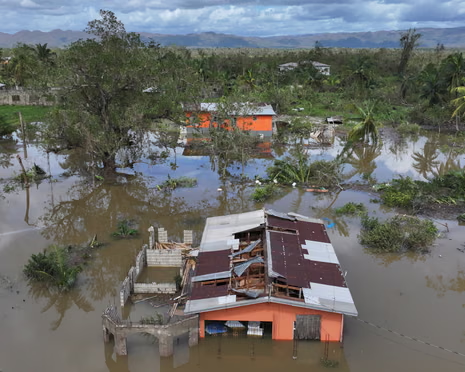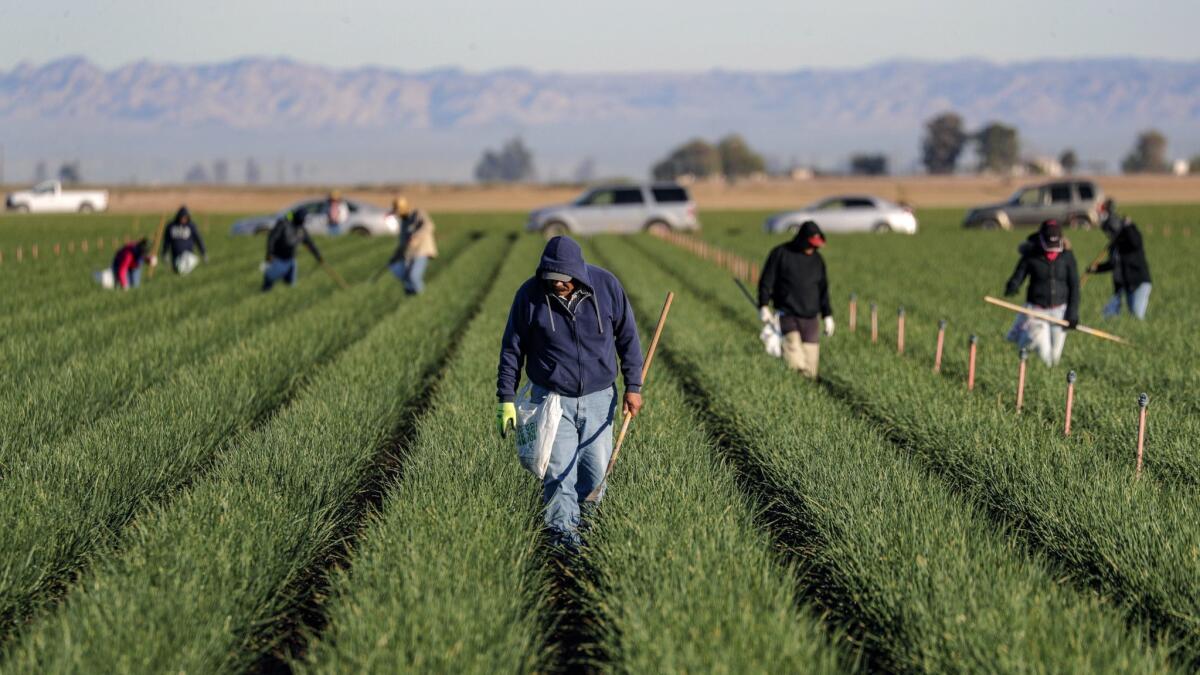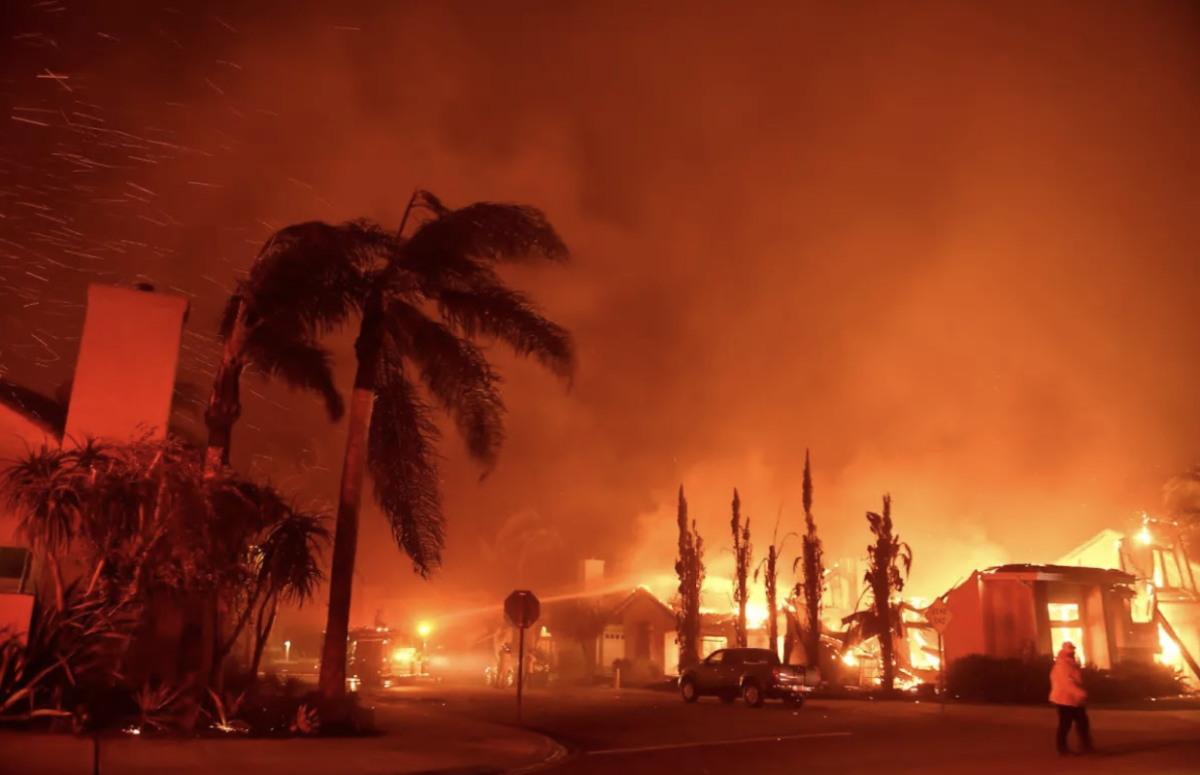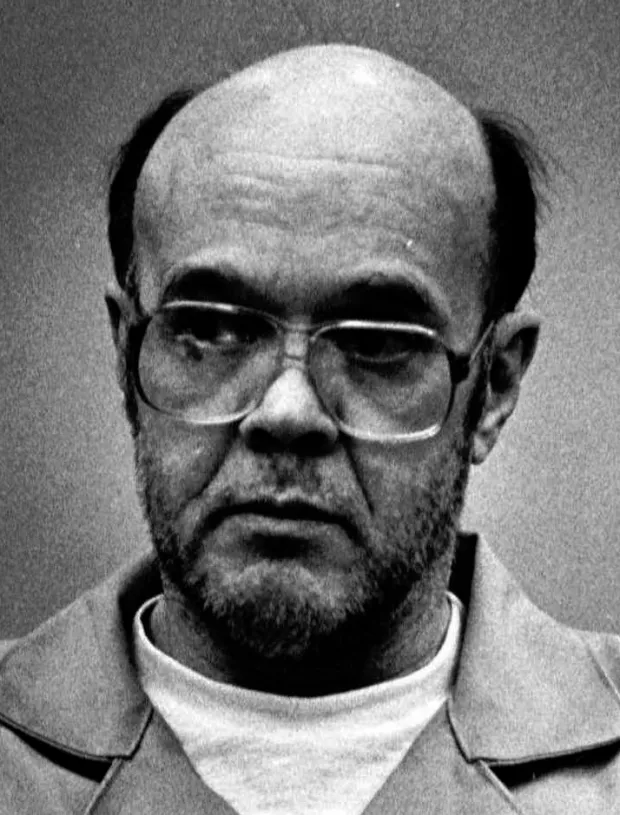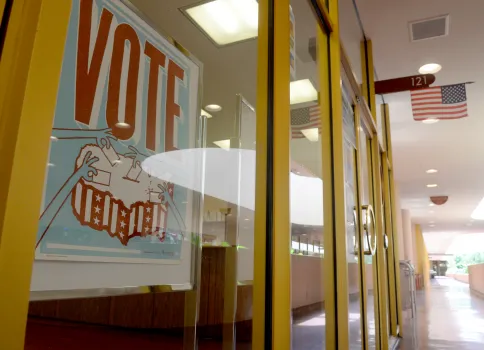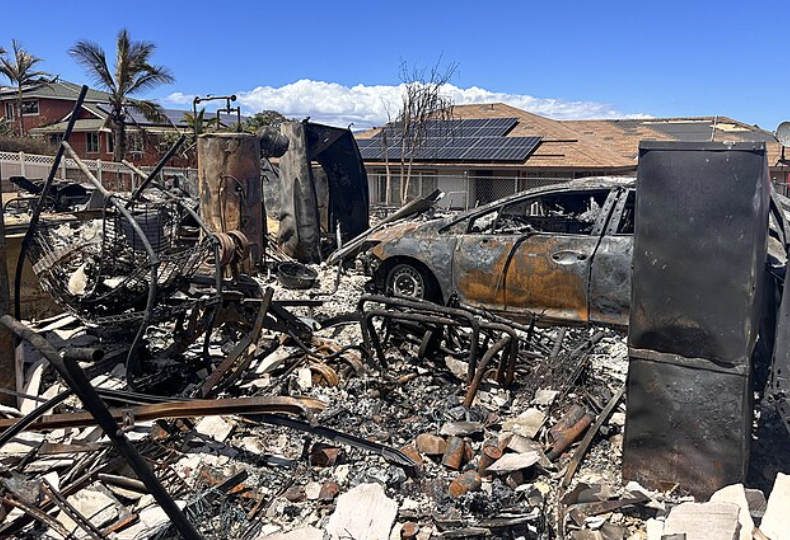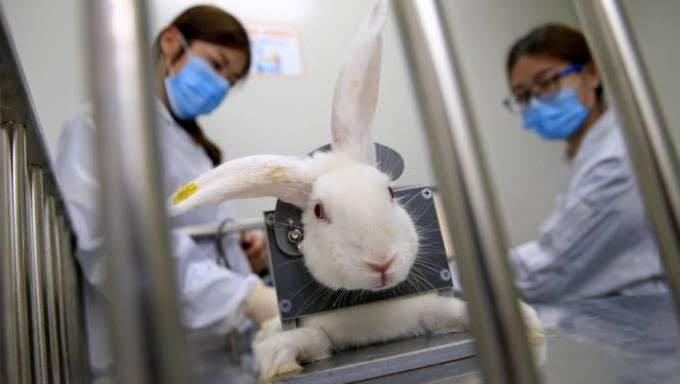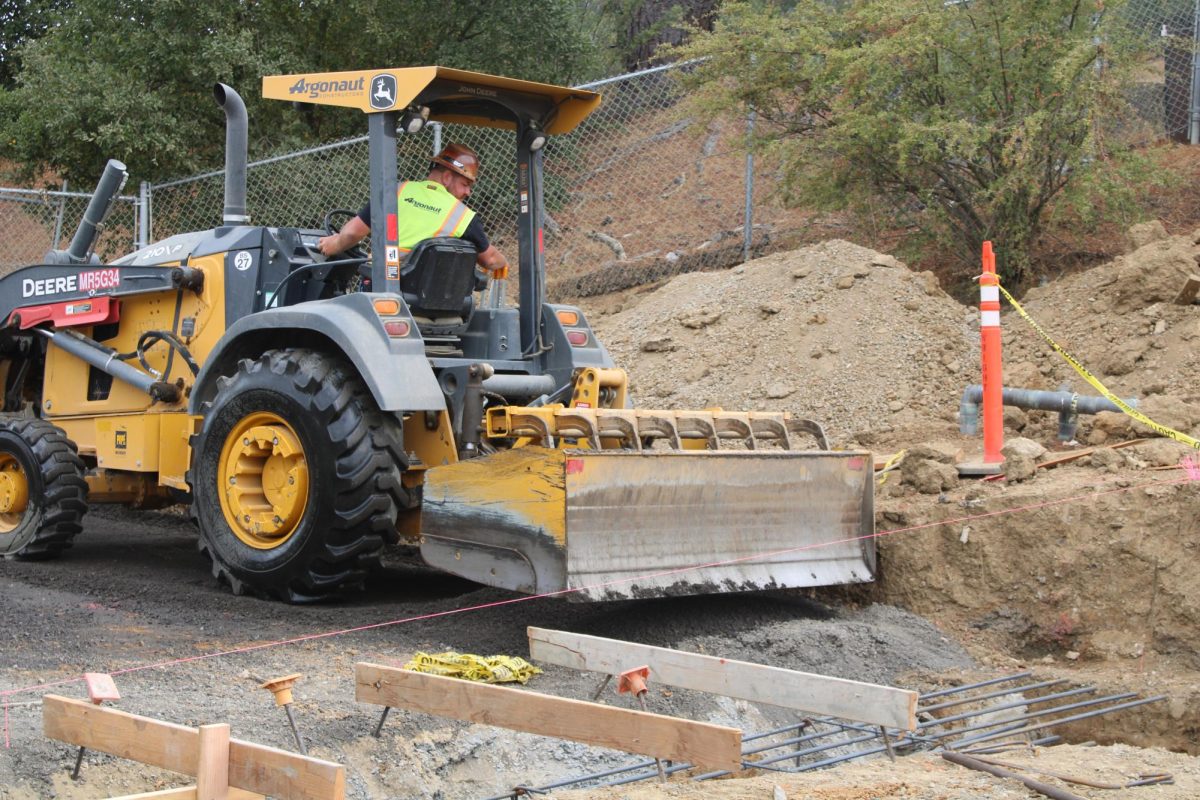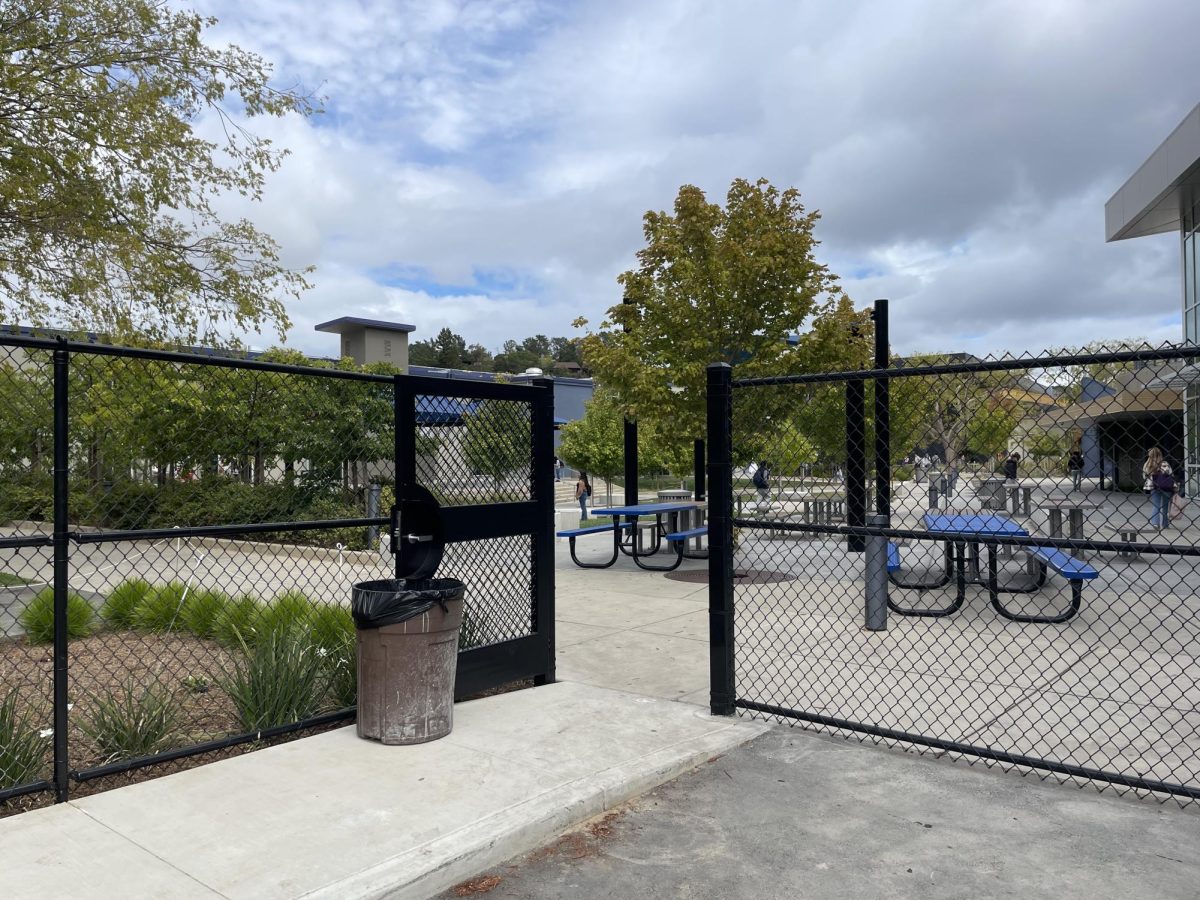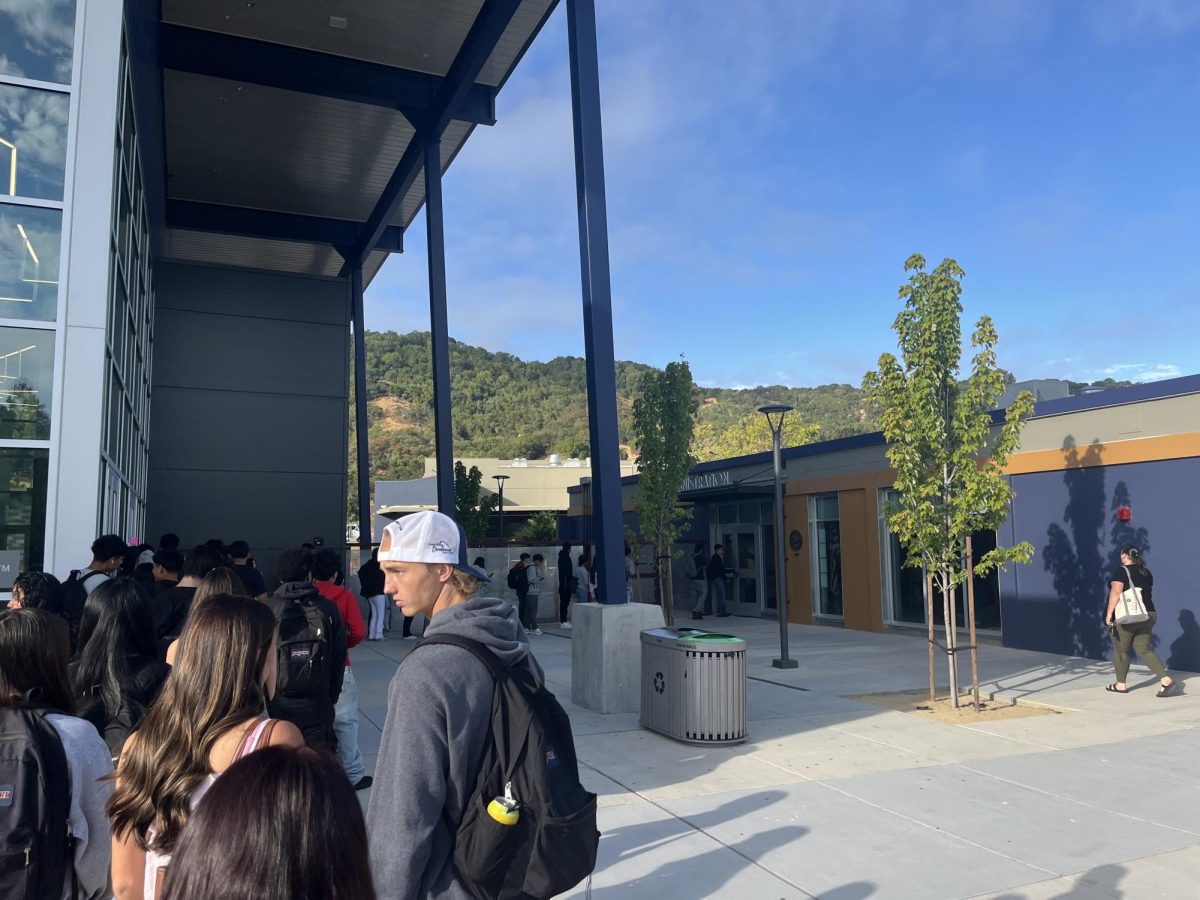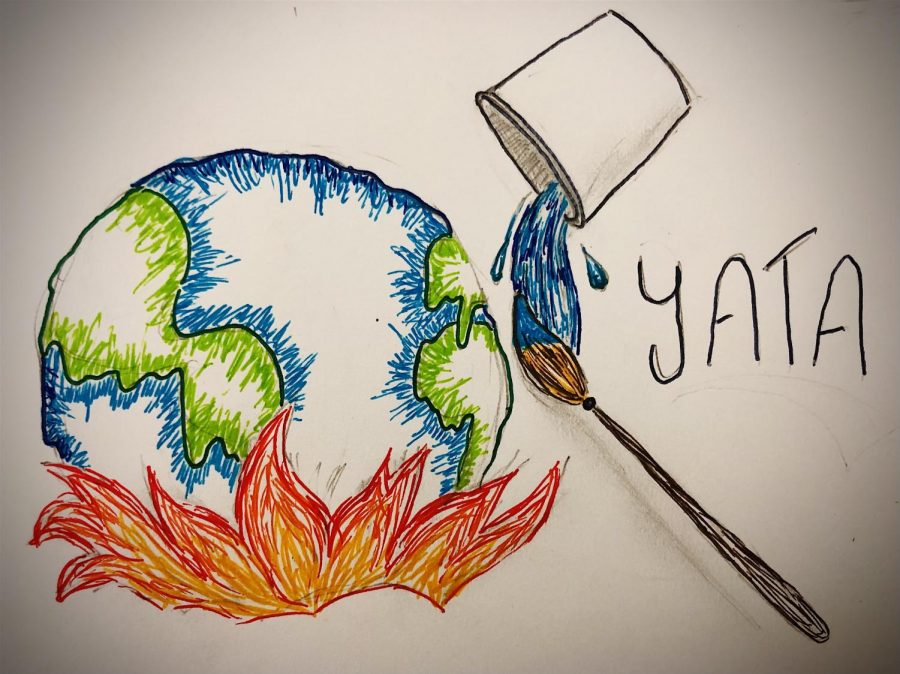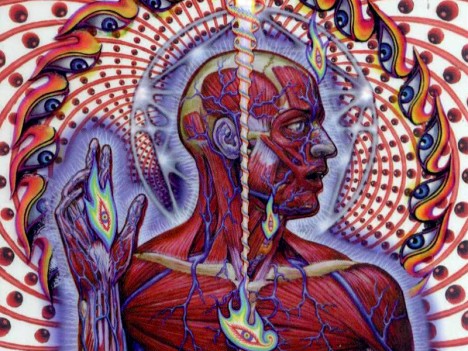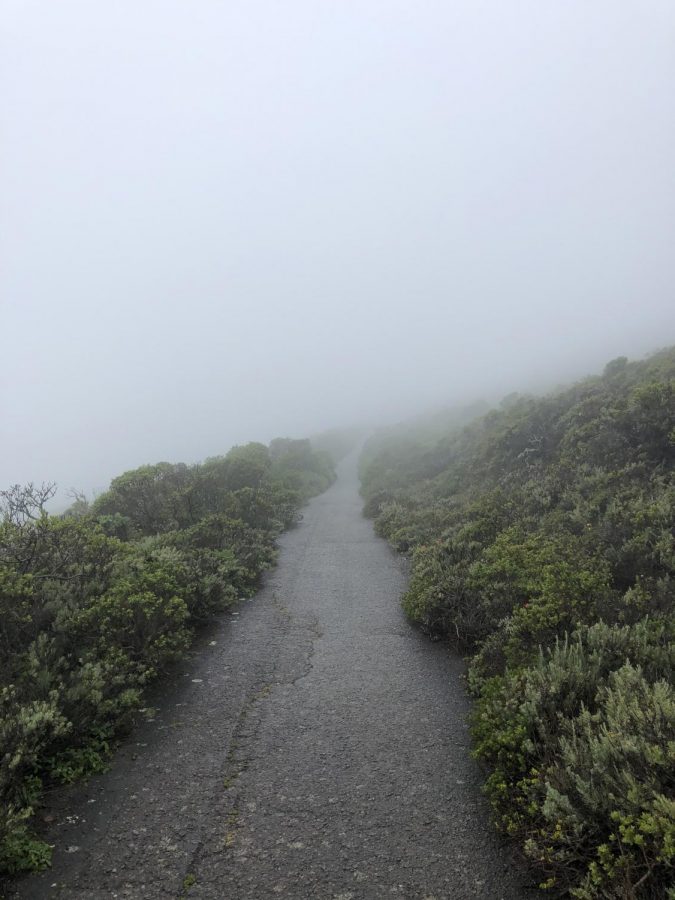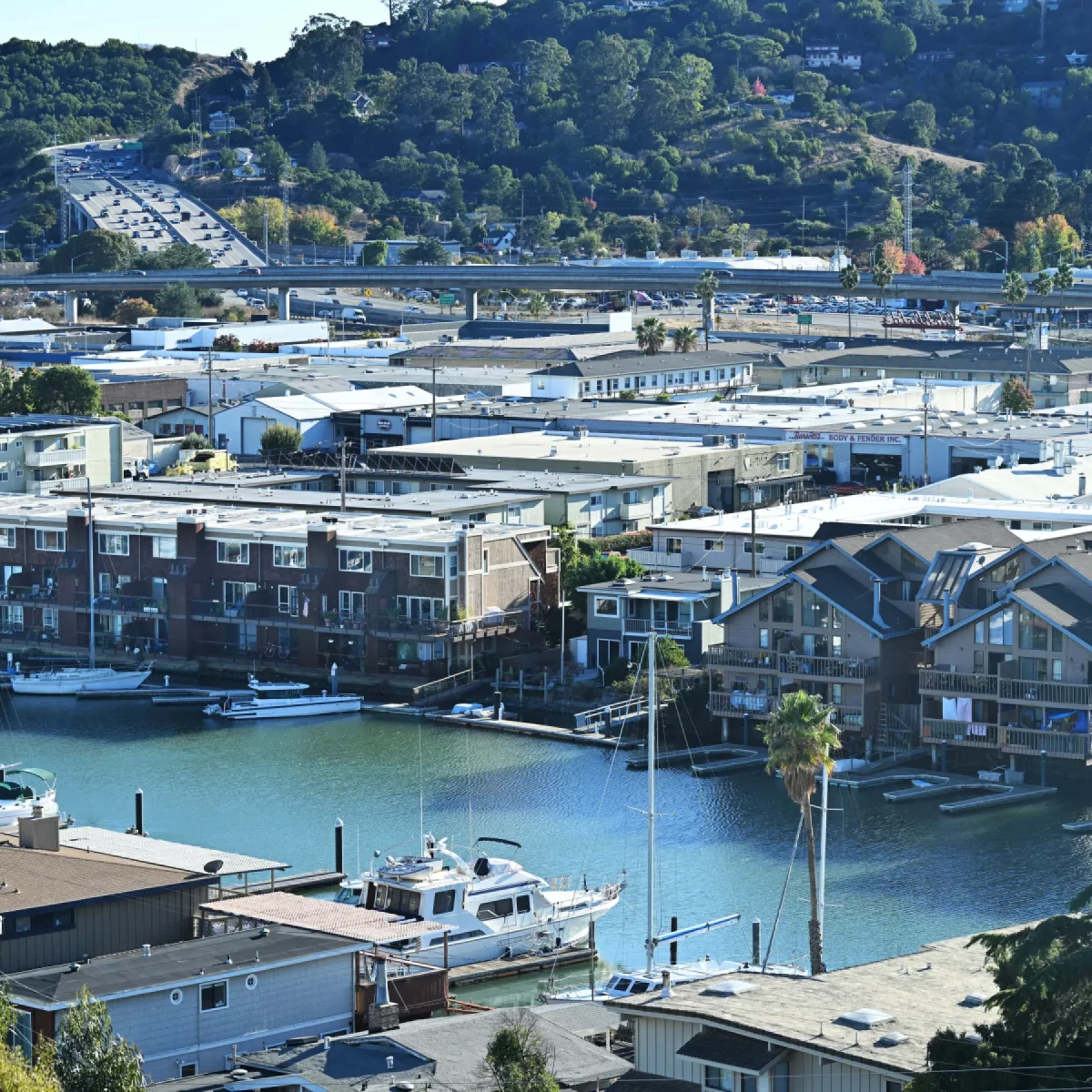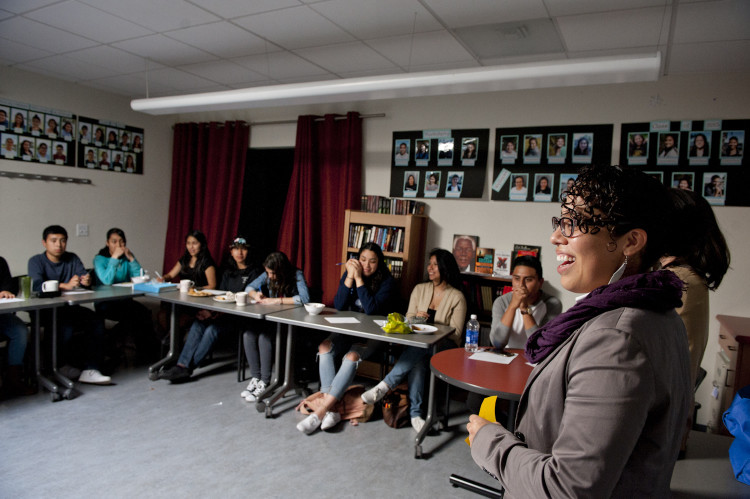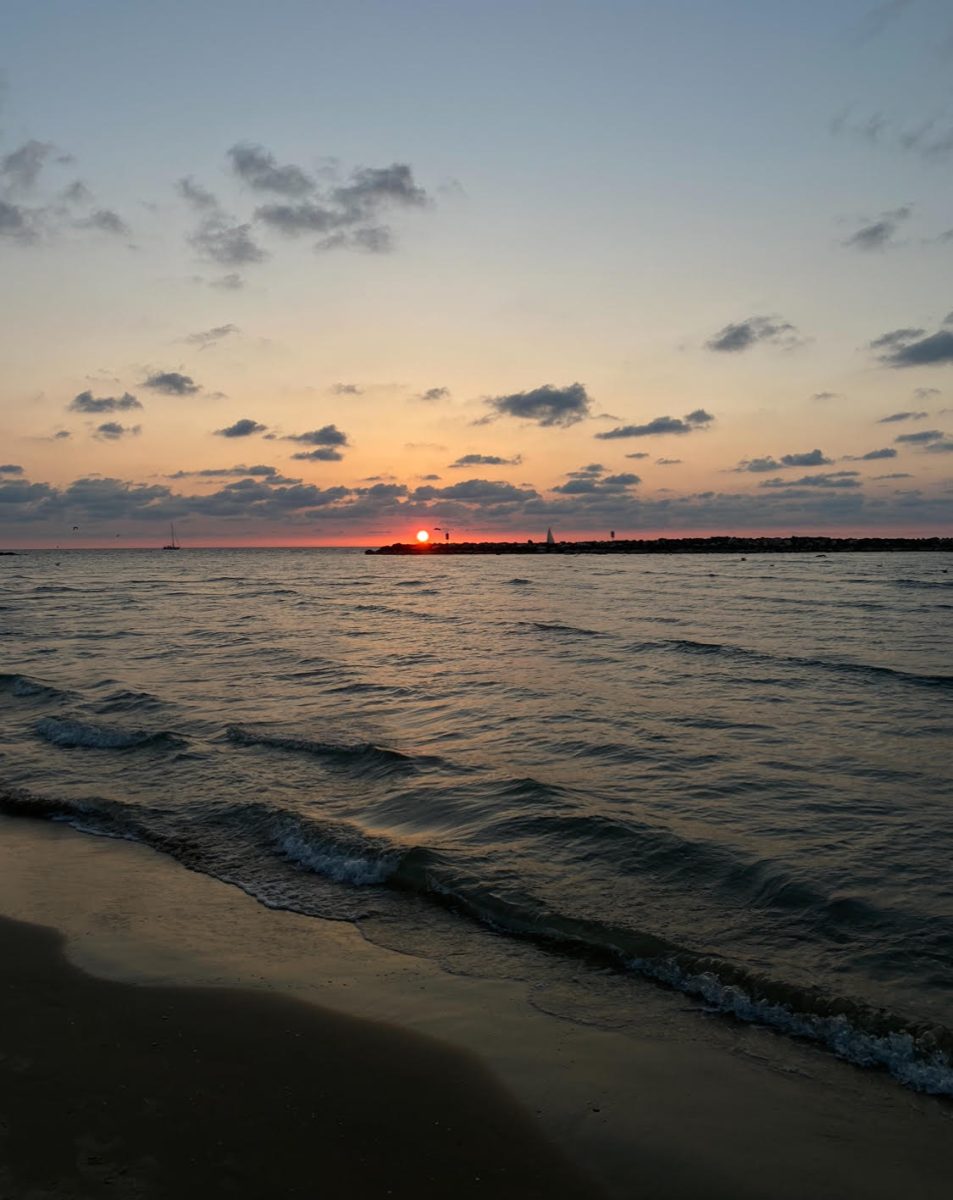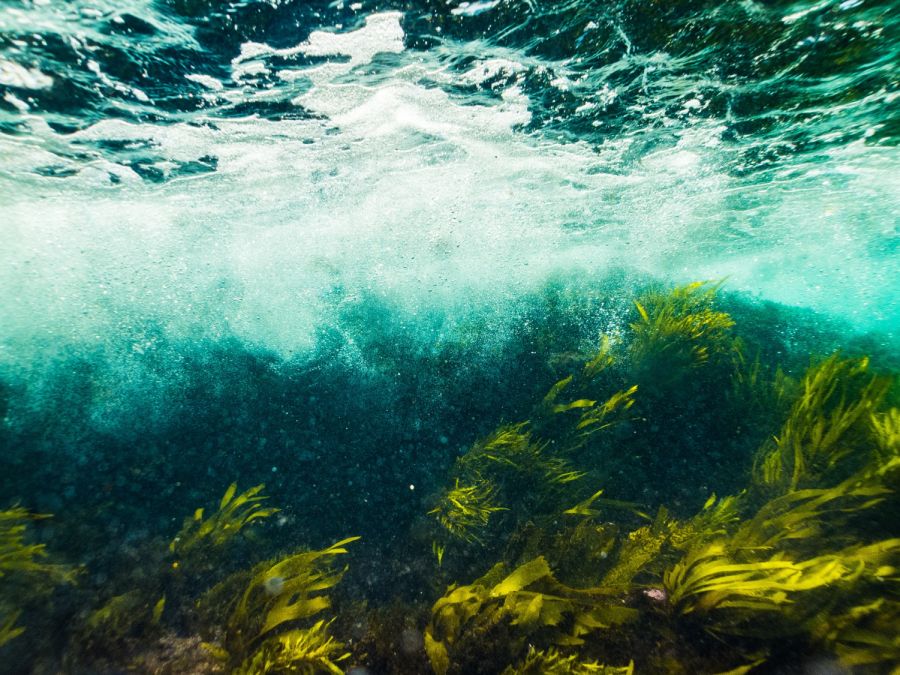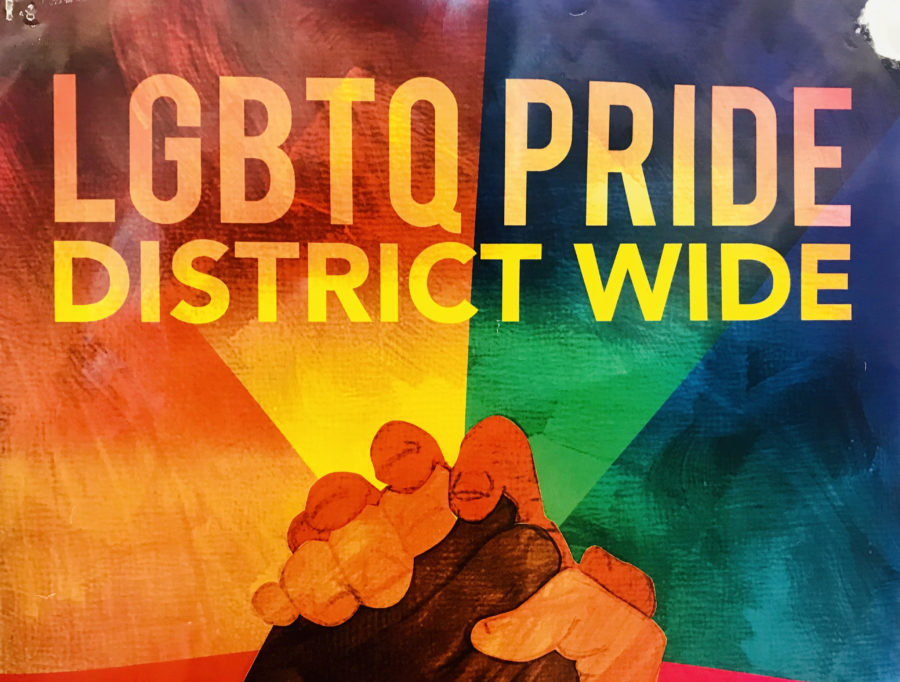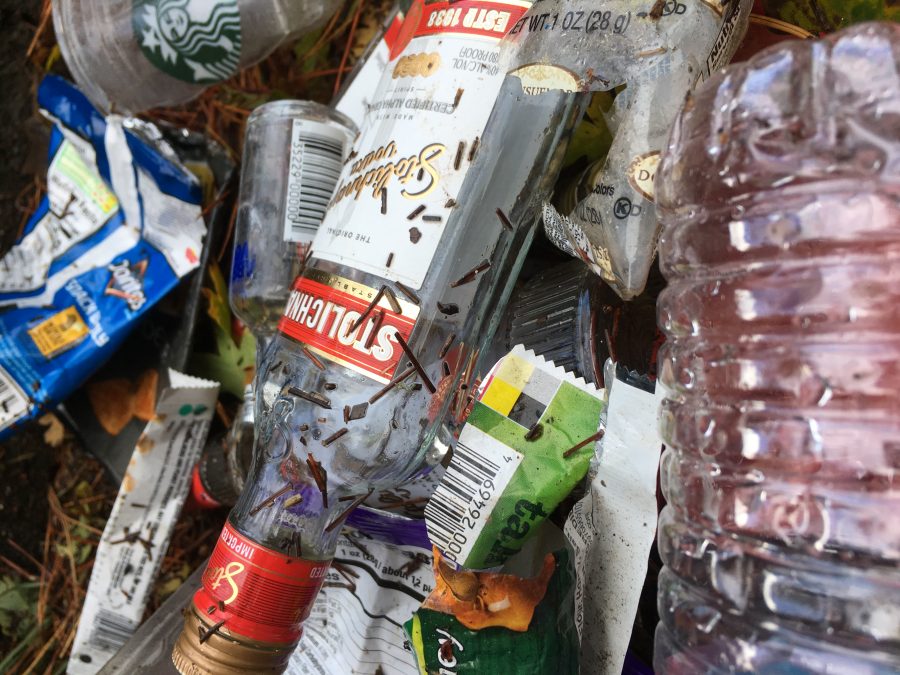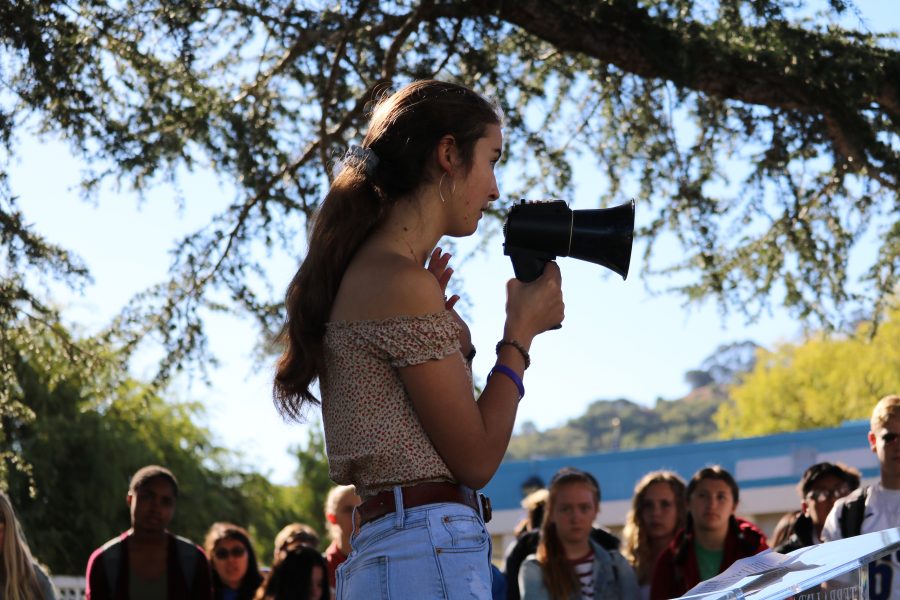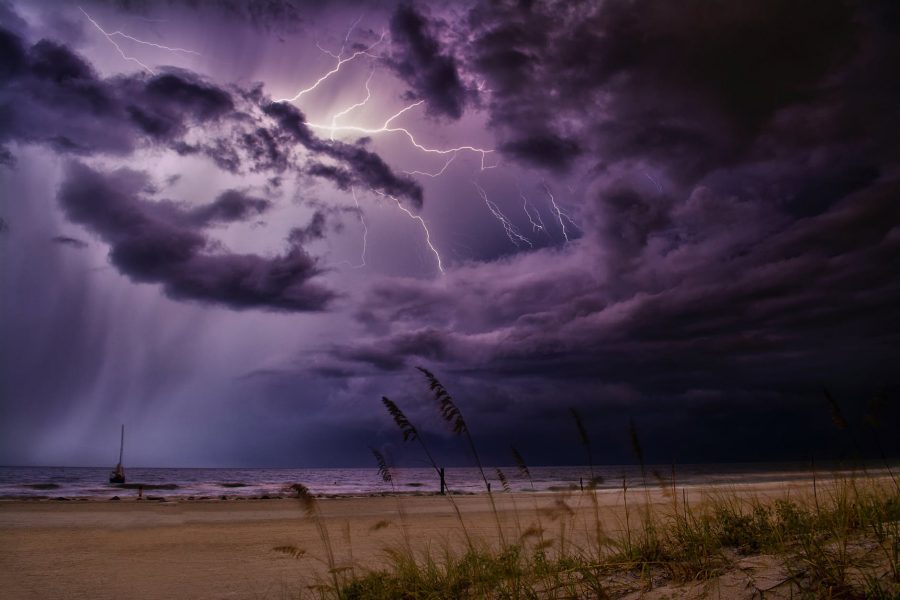Around the country, weather during the past few years has been very bizarre, erratic, and extreme; many violent weather events such as hurricanes, tsunamis, tornadoes, wildfires have occurred with much more frequency and destructive impact. 2021 in particular had a shocking extreme winter season which greatly affected the lives of many people all across the country, and in truth, the world. Extreme high temperatures and extreme low temperatures -freezing cold weather in between heatwaves, destructive storms and unusual weather patterns are more apparent than ever compared to past seasons and expected climate numbers.
One of the most heavily covered events as a result of the 2021 winter season was the snowstorms in February which had devastating effects in Texas. This storm received national coverage for how extensive it was; it caused nearly $195 billion in damage, killing 136 people, the most in any U.S. blizzard since 1996. Following that, a severe “cold wave” causing extremely cold temperatures swept across most of North America. Many more weather events such as tornadoes followed and ravaged the country further. In the Southeast and Gulf states, there is usually very little if ever any snow meaning that there was practically no preparation for a complete surprise snowstorm.
The effects of that were drastic. Due to Texas being on its own power grid, a unique situation that leaves it outside the normal federal jurisdiction of the rest of the country’s power grids, many went without power. As much as almost 10 million people went without power during the storm, the largest blackout in the U.S. since 2003. This created economic and political dilemmas, distrust in management and a whole scale crisis for everyone involved.
Unusual weather patterns persist even right here in California, too. This year the intermittent drought has returned – and strongly. According to the U.S. Drought Monitor as of April 13, 2021 – the conditions across California are dire. One year ago at this time, 48.53% of the state was in drought. That isn’t good, but considering large swaths of SoCal is desert, it’s expected some of the state would have it. Now, it’s 94.14% of the state, and a total 99.22% has some level of dryness. To make matters even worse, 44.04% of the state is classified as in extreme to exceptional drought, which not a single area of the state was classified as in last year.
The effects of this may not be felt this April as no significant newsworthy weather events have broke out in California this year, but they will be soon when the summer comes around. Lack of rain leads to dramatic fire seasons. And fire seasons have already been getting worse and worse – last year during August the area was “smoked out” for almost a month. The effects of these fires have been drastic in terms of people having their homes destroyed, being displaced, nature being destroyed, and having toxic chemicals spread in the air not just in California, but even further across the country due to wind currents.
Junior Naveed Nazarizadeh says “The fire season is always depressing. We can’t go outside or do anything, and that’s been hard enough already during the pandemic. Yet for what feels like every year now, there’s always a week, or two weeks, or a month, where it happens. And since this year was especially bad, I dread what might happen.”
With the obvious facts of climate change upon us, we are now living through the beginning of it. These unusual weather events across the country and weather at home prove to show what is coming, and serve as a reminder for us about things we need to change to prevent things from getting worse. We can find ways ourselves to reduce carbon footprint, simple things such as saving energy and reducing our usage of carbon burning products. More sustainable transportation can have a huge impact. Water conservation is important too during the drought heavy nature of this season. Systematic change is required of course, but we can be a bit more conscious.

